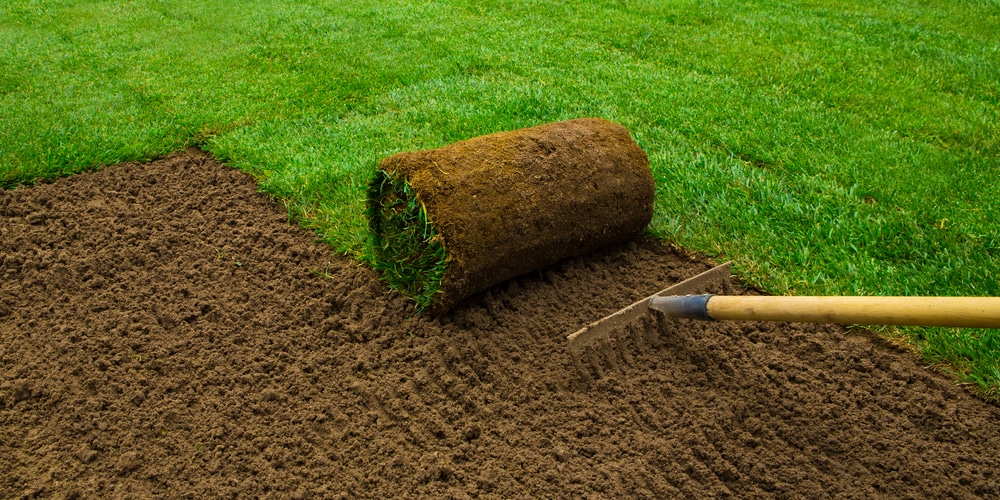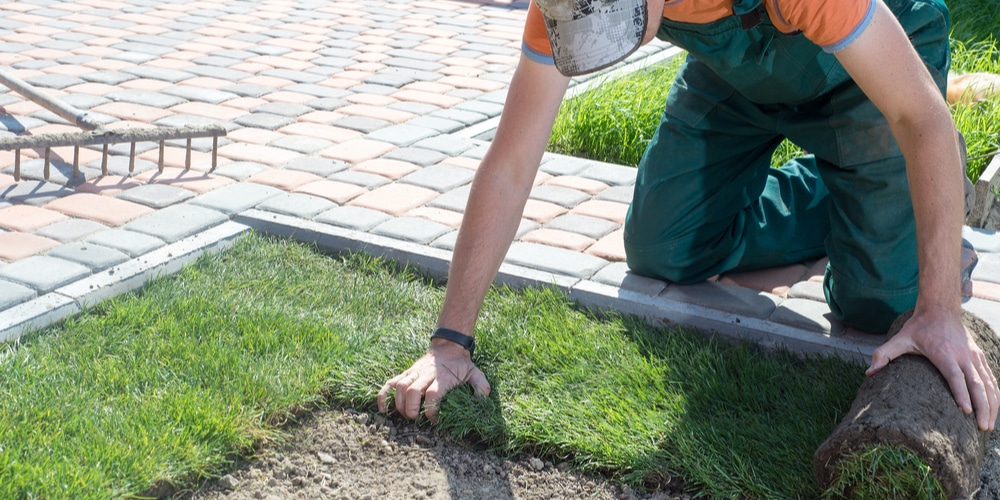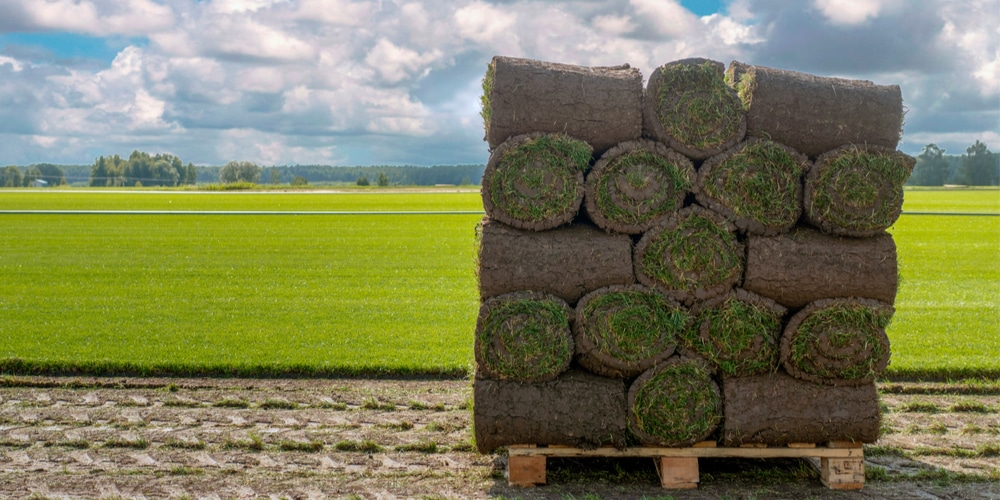The cheaper way to install a lawn is to sow grass seeds. However, the process can require much patience and plenty of attention from your side. Yes, your efforts will be worth it in the end, but what if you can’t wait for so long? Well, the solution is laying sod.
Such a product might be more costly, but it will give you instant results. If you just moved to a new property and need to increase its appeal, or you feel the need to fill some space in your garden, consider installing your lawn in the form of sod.
Such practice prevents erosion and will save you lots of money and effort, especially when watering your lawn. Indeed, if you’ve grown grass from seeds, you probably know how much water they suck during their initial growth phases. If you can’t commit to such an effort, don’t worry. You can still have your favorite lawn without worrying too much about water.
Fescue is a Great Choice

If you are looking for a low-maintenance type of grass to improve the looks of your yard, fescue can be your best solution. Indeed, fescues are versatile and relatively easy to grow. They are ideal for beginners, as they tolerate a spectrum of conditions.
They adapt to various soil conditions and do well even in drought. If you can’t offer them full sunlight, don’t worry. Fescue grass will survive in full or partial shade too. Plus, it will stay green even during the winter, increasing the aesthetics of your garden when most other plants are dormant.
Installing fescue sod might seem like a dream. After all, it is easy to plant and requires little to no soil preparation (depending on your current conditions). But, to get the best results, you should know when to lay fescue sod.
Indeed, proper timing will make a considerable difference in the results you get. Yes, we know, it sounds trivial. After all, what difference can it make to lay your sod at a particular time of the year? But the truth is, it does. Keep reading this essential guide we prepared to discover when you should plan your sod installation.
When To Lay Fescue Sod?
The truth is that giving you a definite answer about when to lay fescue sod isn’t as easy as you may think. Indeed, it depends on your hardiness zone. In general, fescue grasses are hardy between zone 5 to 8, but they will also thrive in warmer climates, provided that summers and winters are mild.
Avoid purchasing sod that doesn’t look healthy: if it seems wilted or thin, pick another one. The best time of the year to lay your sod is in late fall. Usually, you should do so between six to eight weeks before the last frost. Check with your local weather to find out what time of the year that happens.
In general, you should plant sod as soon as you purchase it. Storing it might cause it to wilt and dry. After laying your sod, water it thoroughly. Don’t forget to avoid watering your grass in the afternoon or at night, as that might cause the spread of diseases. For best results, do it before 10 AM.
Spring is another good time, but you might not get as satisfactory results as planting it in the fall. Indeed, during the spring, your lawn will be more susceptible to diseases, attacks from pests, and fungal infections. Instead, laying it in the fall will give your grass enough time to establish before dealing with the low winter temperatures. Doing sol will help it harden and grow healthier.
How to Lay Sod
In general, it is best to lay your sod between early and mid-fall. At this time of the year, temperatures are cool enough to allow your grass to establish, but not so cold that its roots won’t develop. Plus, your lawn will have plenty of time to adapt to the new environment before entering dormancy in the winter.
Before laying sod, don’t forget to kill or remove any old grass or weeds. Also, remember to prepare the soil: level it to accommodate the sod, and don’t forget aeration. Avoid keeping it too wet: a good balance is essential, especially during the first months.
Related Article: Can You Put Sod Over Grass?

